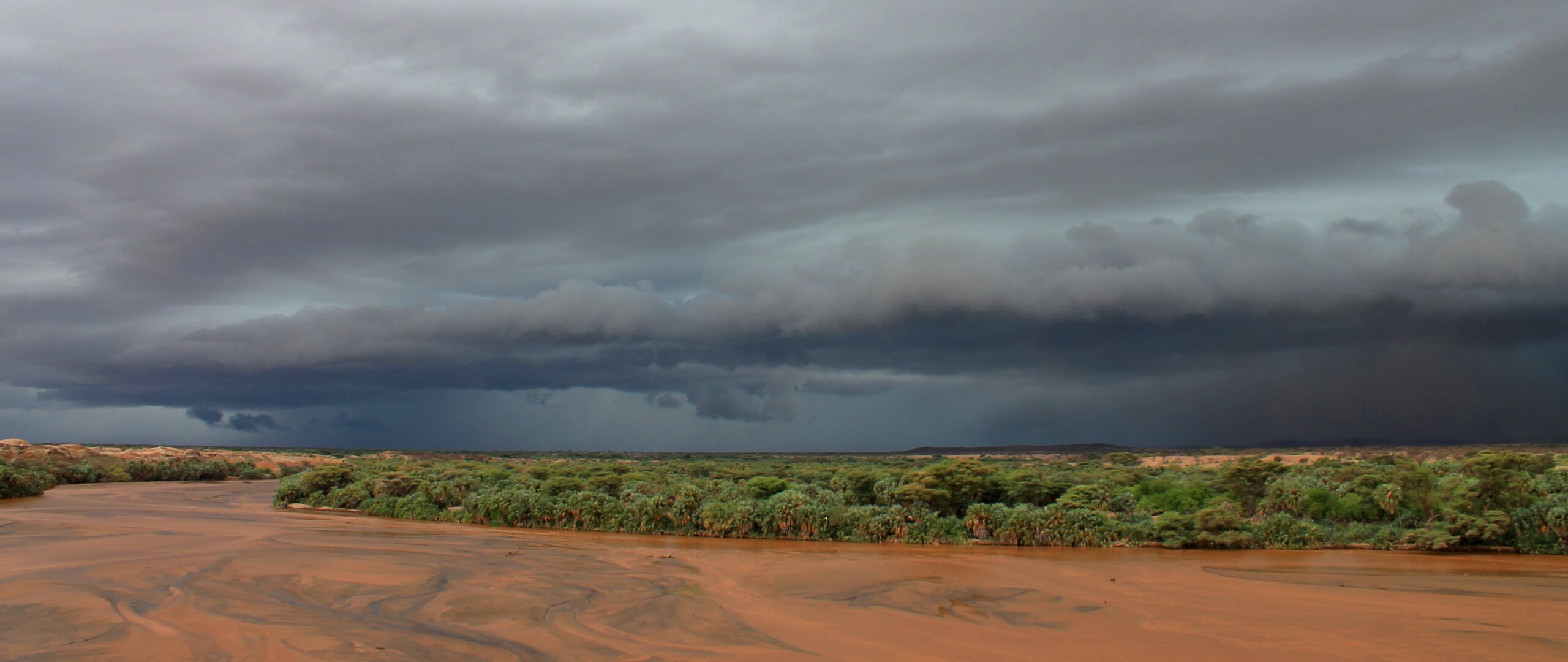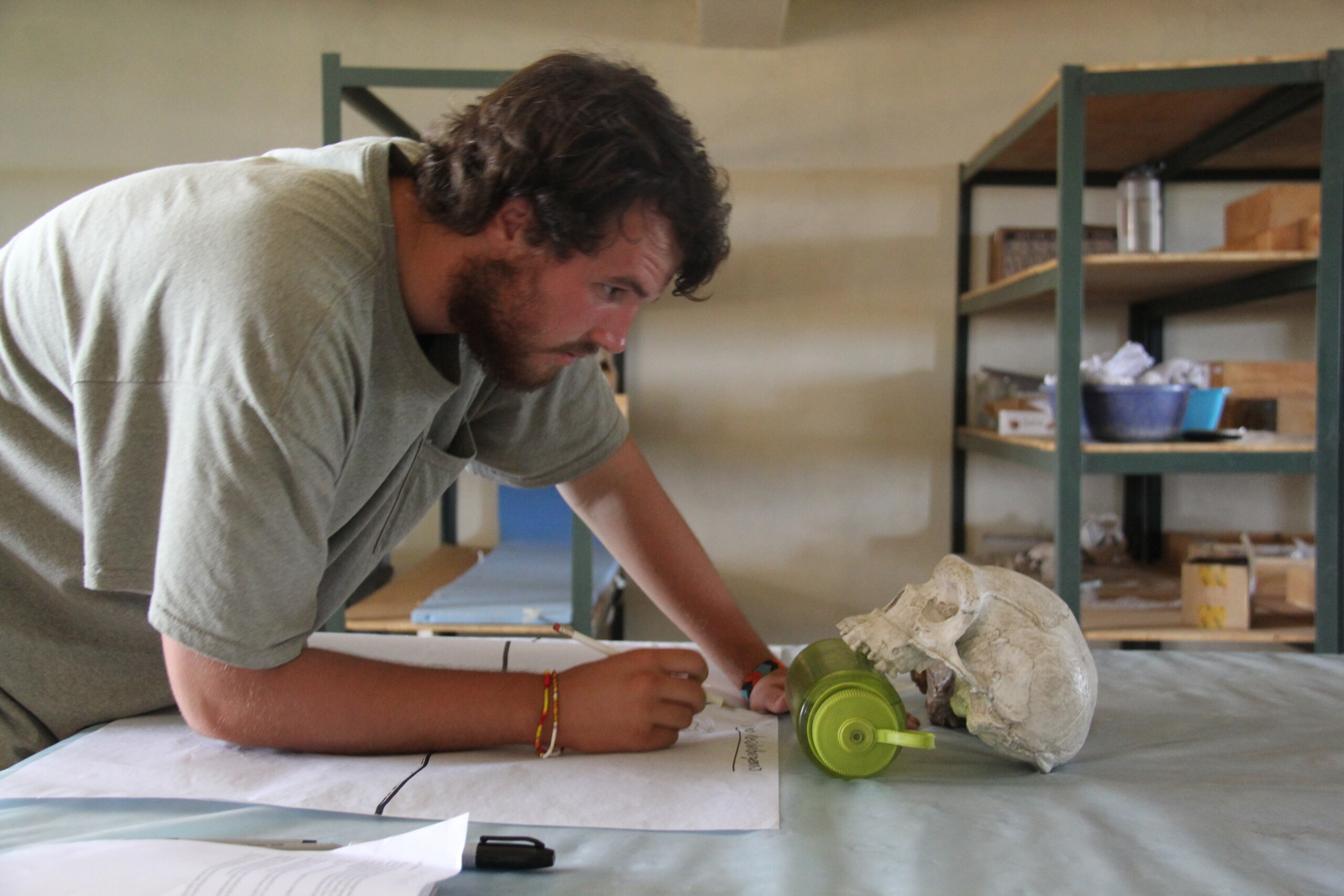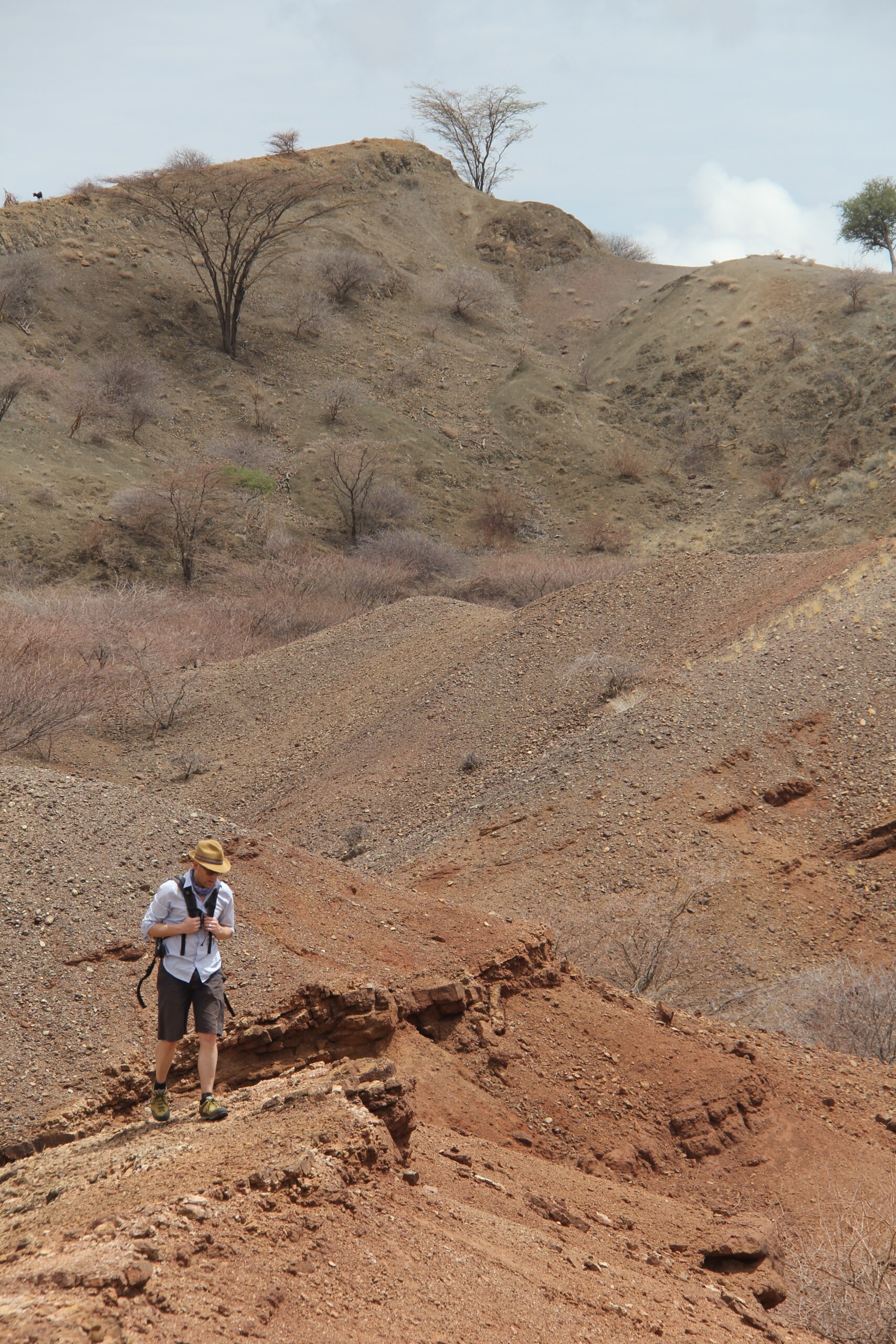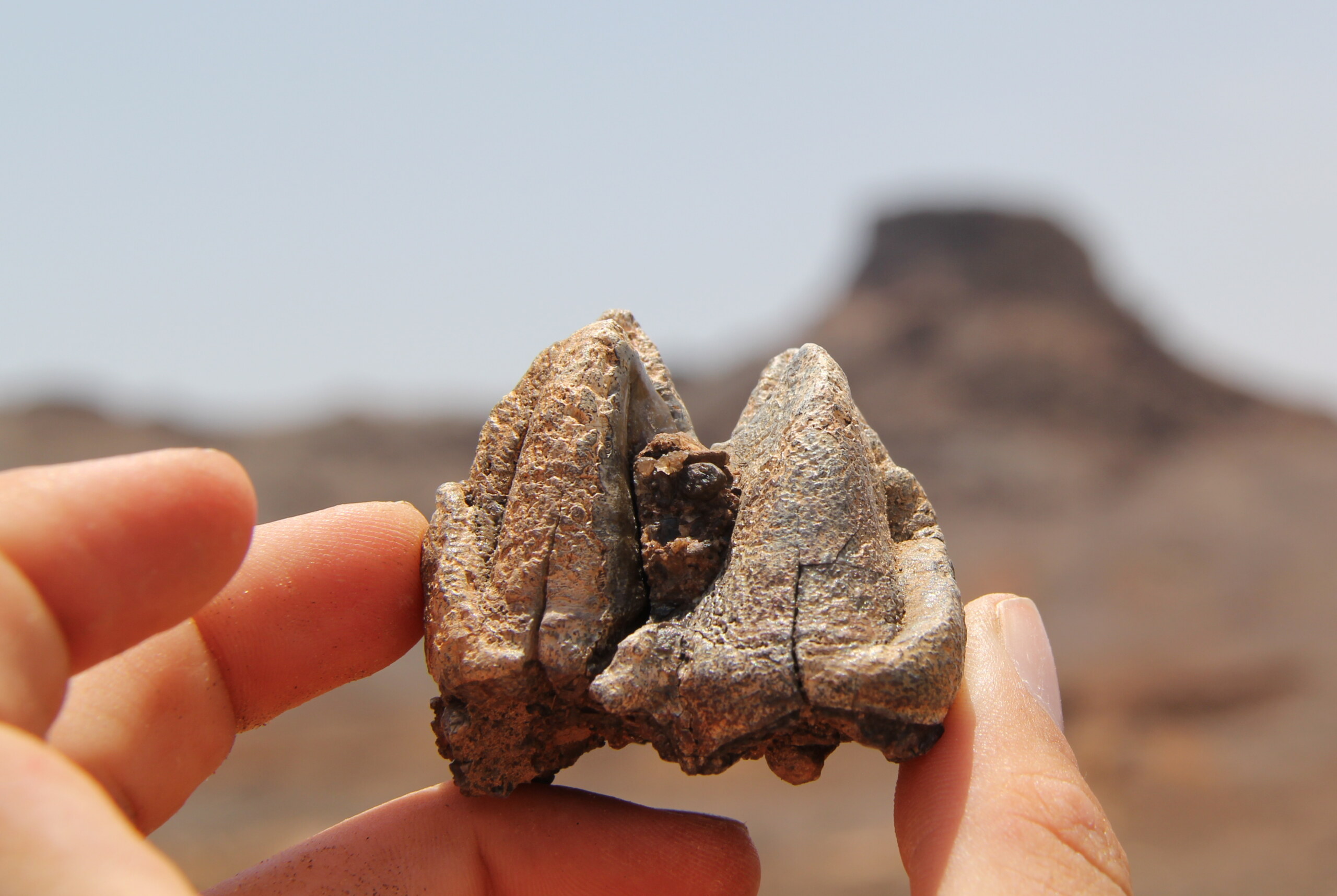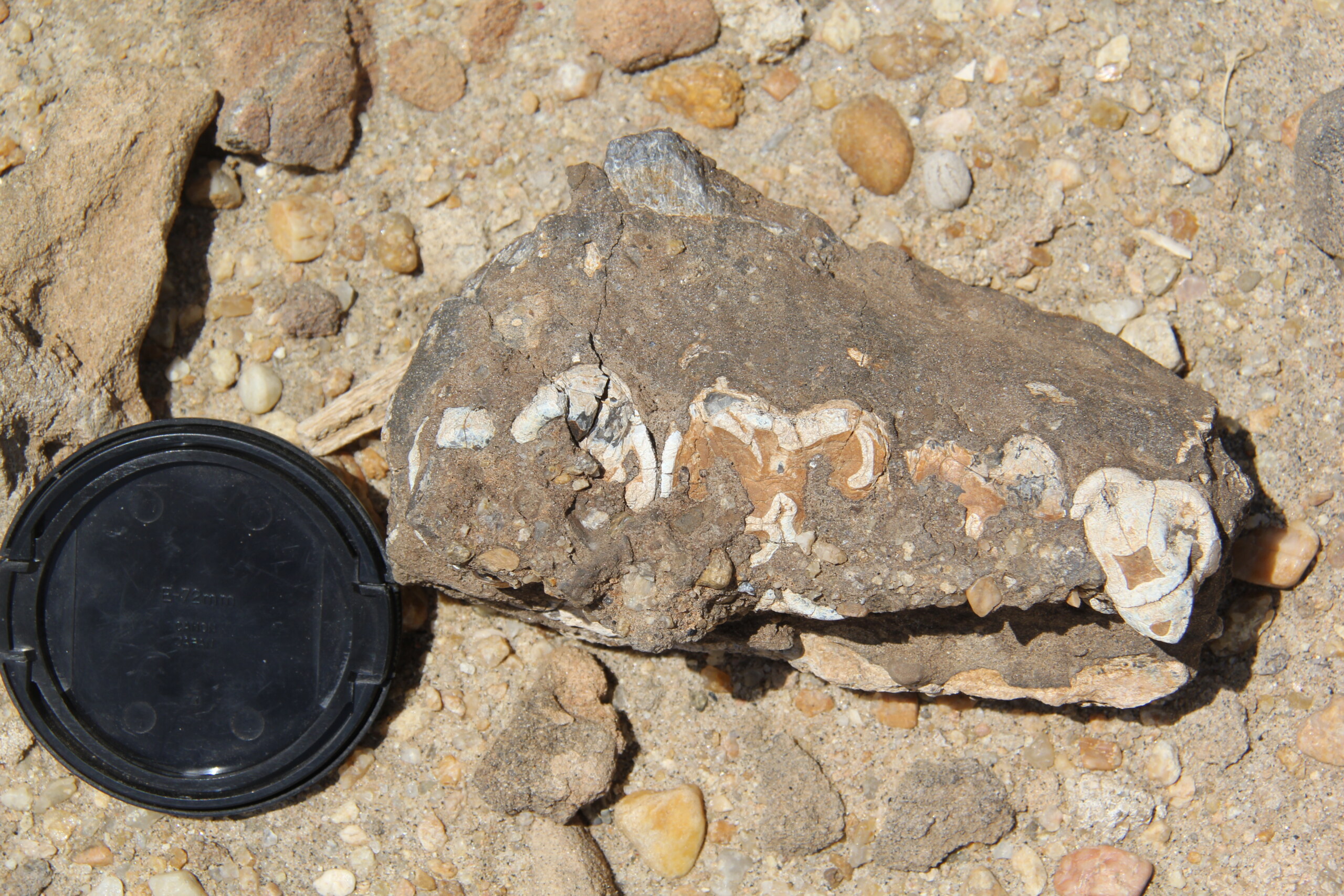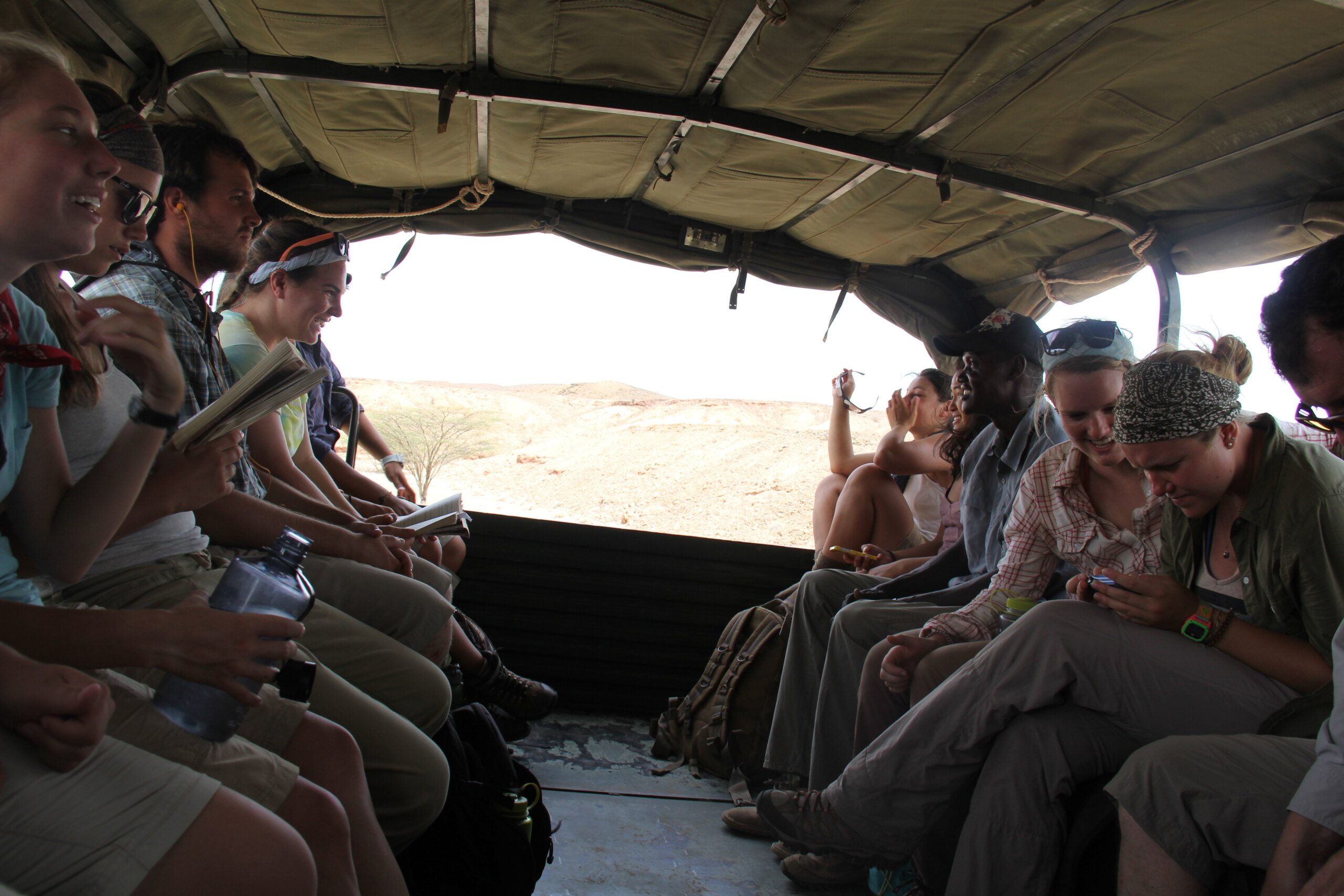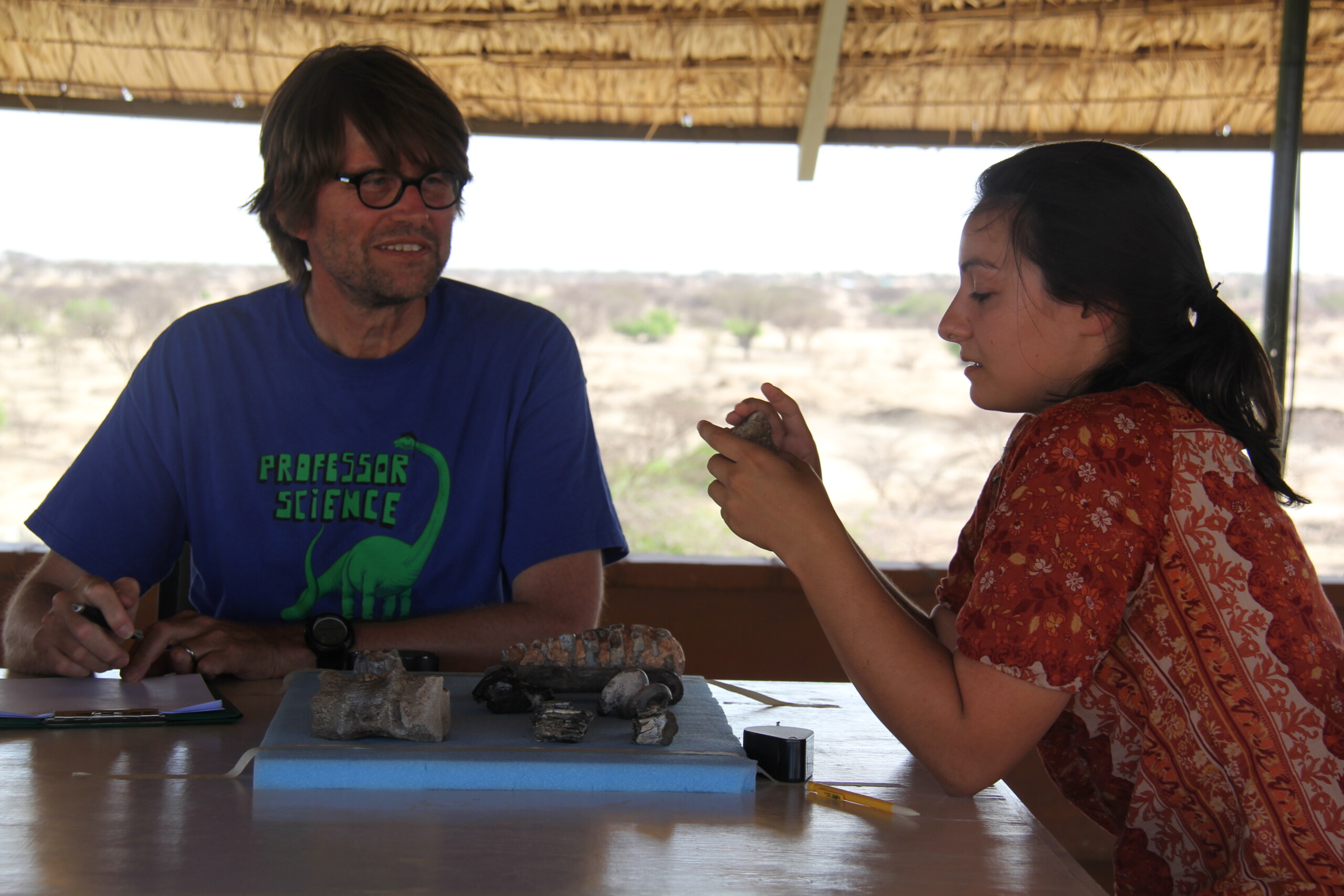About Matthew Borths
I am a graduate student in Anatomical Sciences at Stony Brook University and a Turkana Basin Fellow. I study the evolution of a group of extinct carnivorous mammals called creodonts, a group of mammals that once filled all the carnivorous niches of Africa before the continent was invaded by modern carnivores like dogs, cats, and hyenas. I was one of the teaching assistants for the Spring 2013 Field School. I'm originally from outside Cincinnati, Ohio and I did my undergraduate work at The Ohio State University where I studied Geology and Anthropology. I've done fieldwork in North Dakota, Utah, Madagascar, Egypt, Germany, Kenya and Oman.

